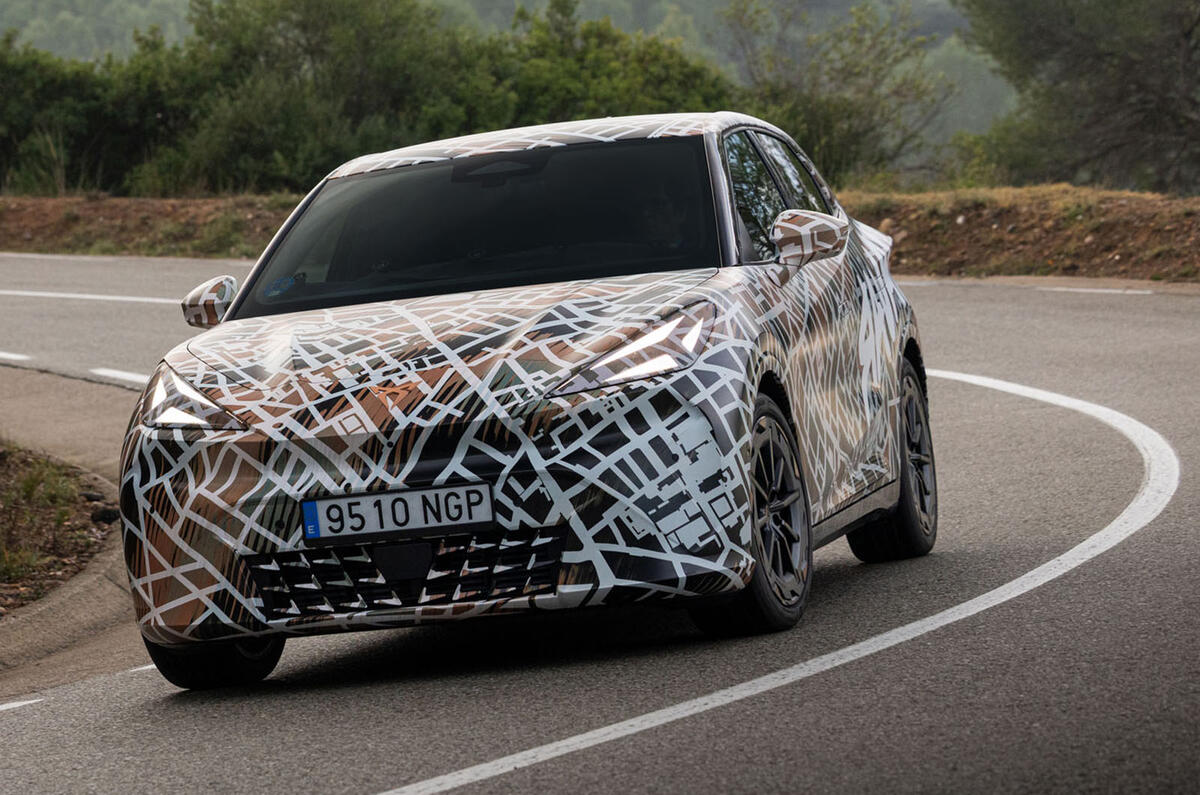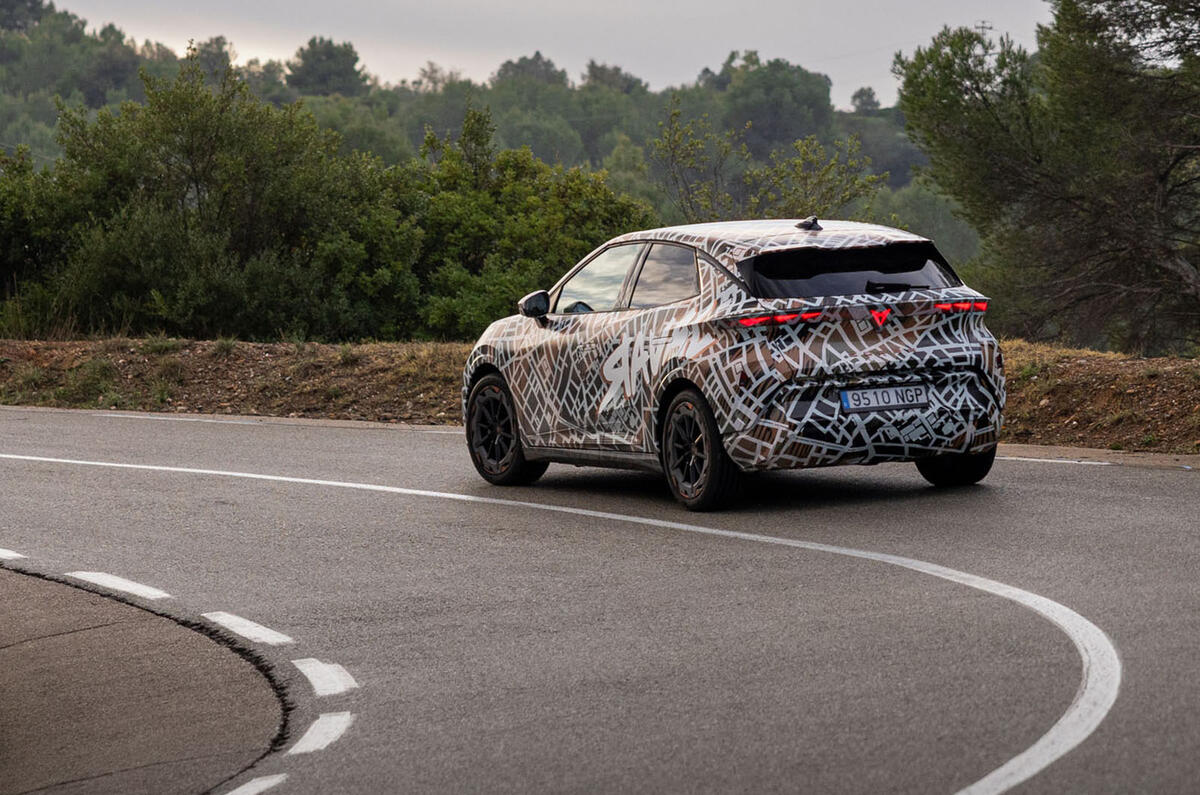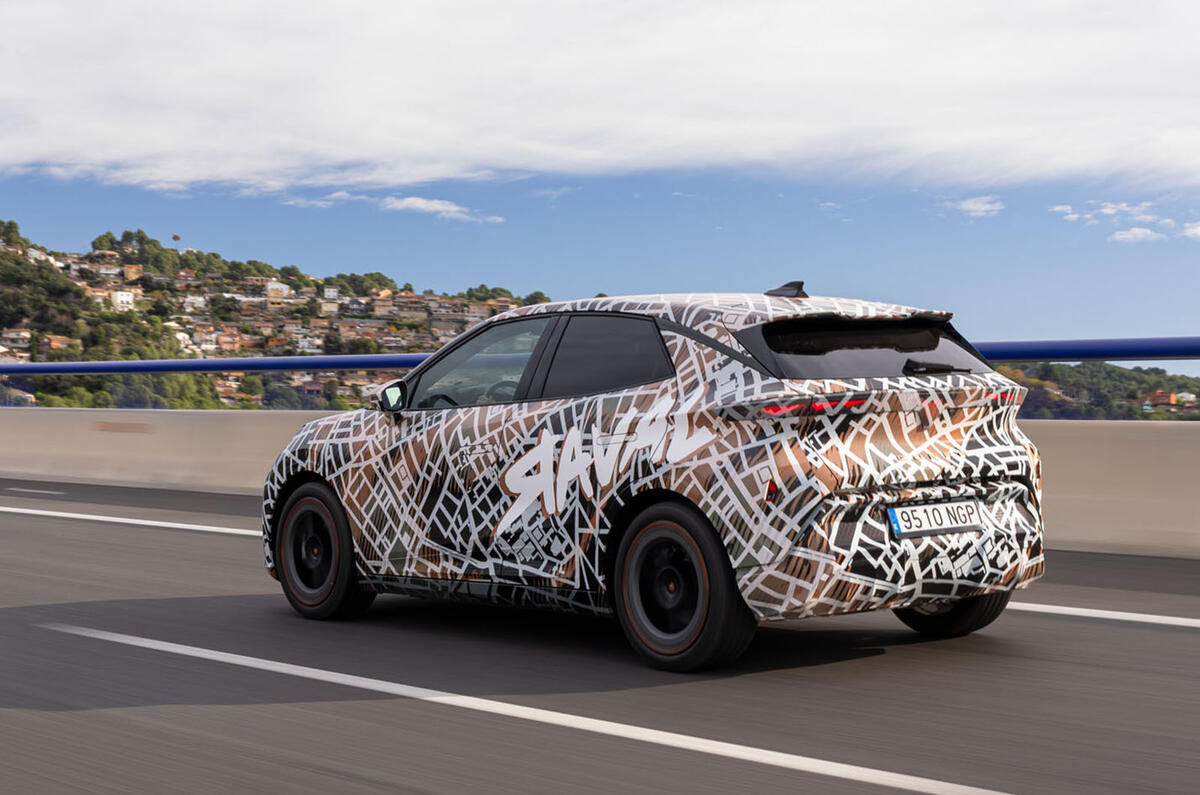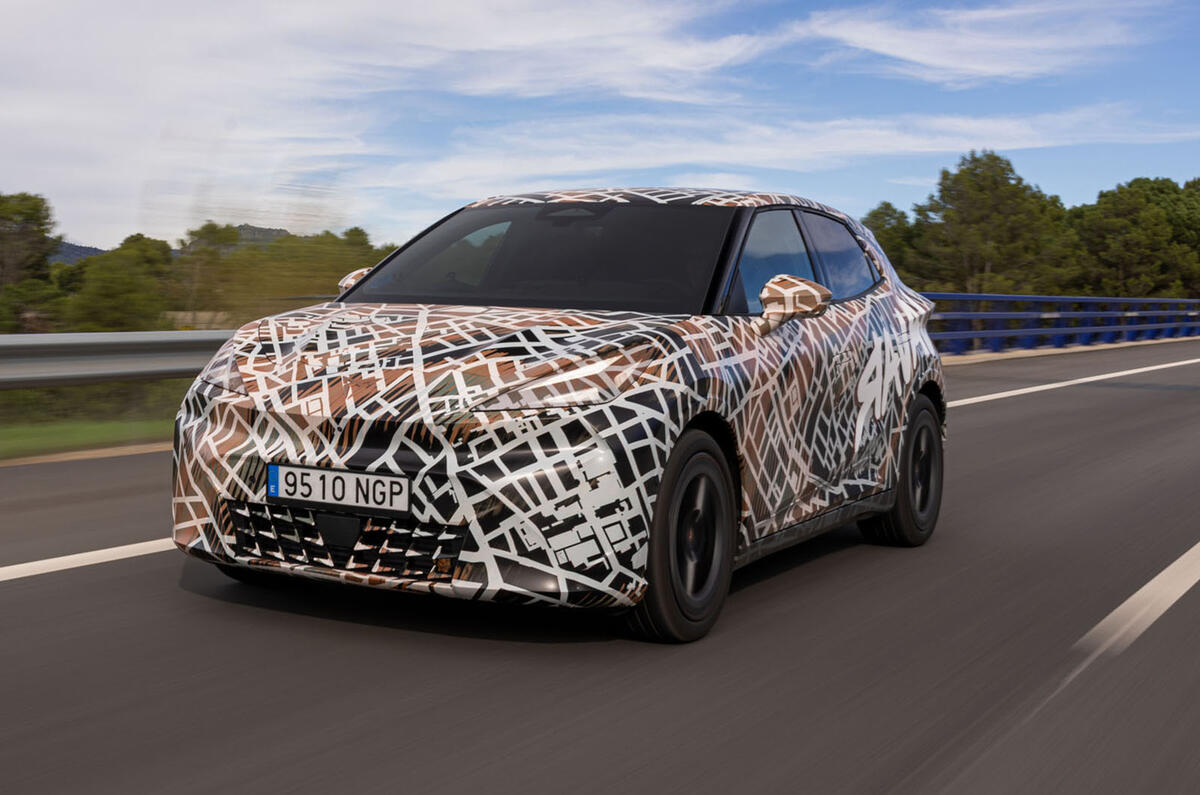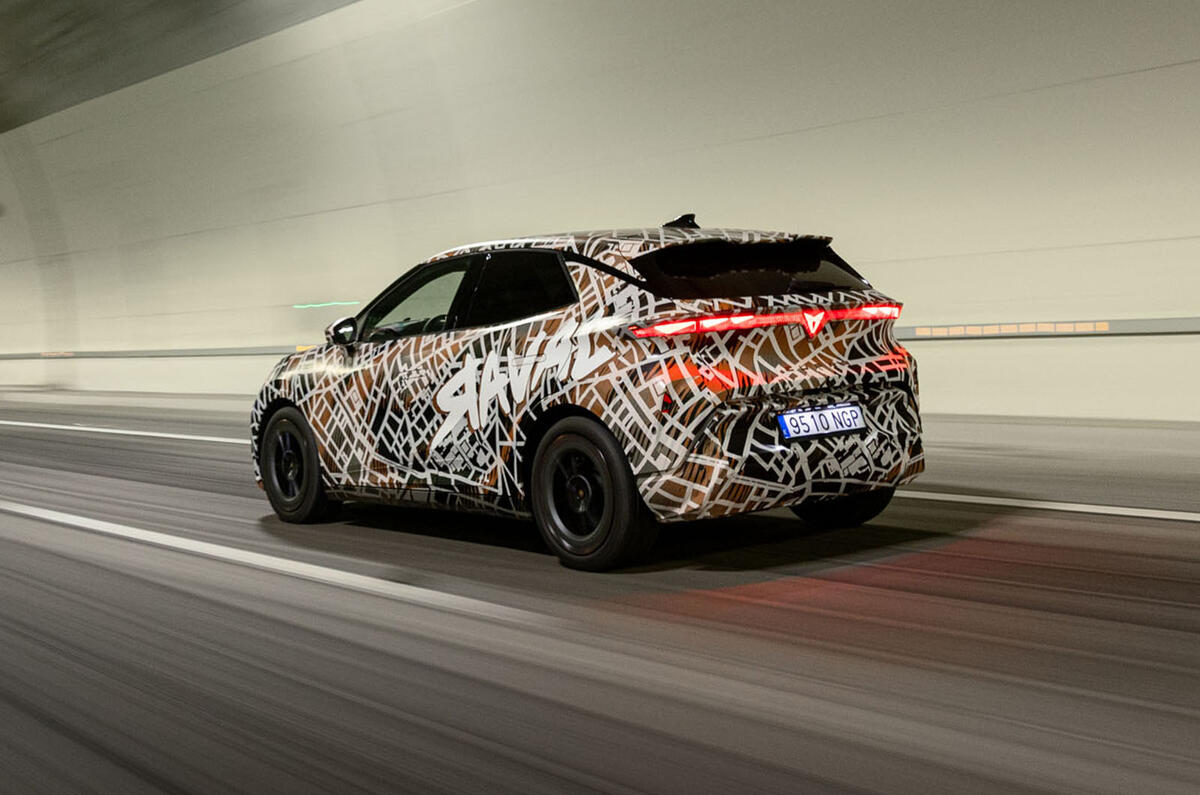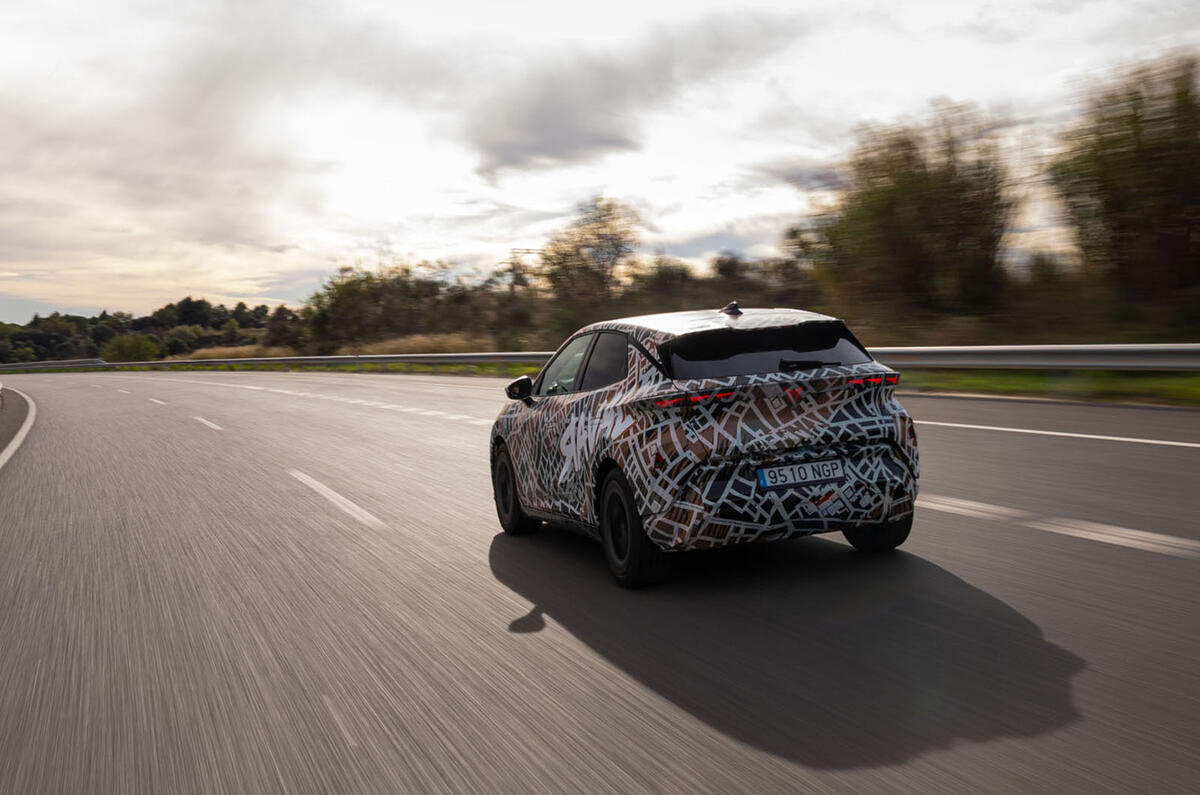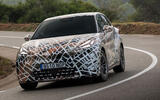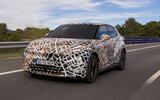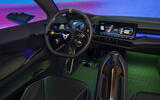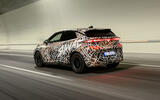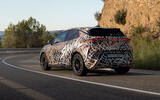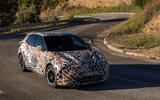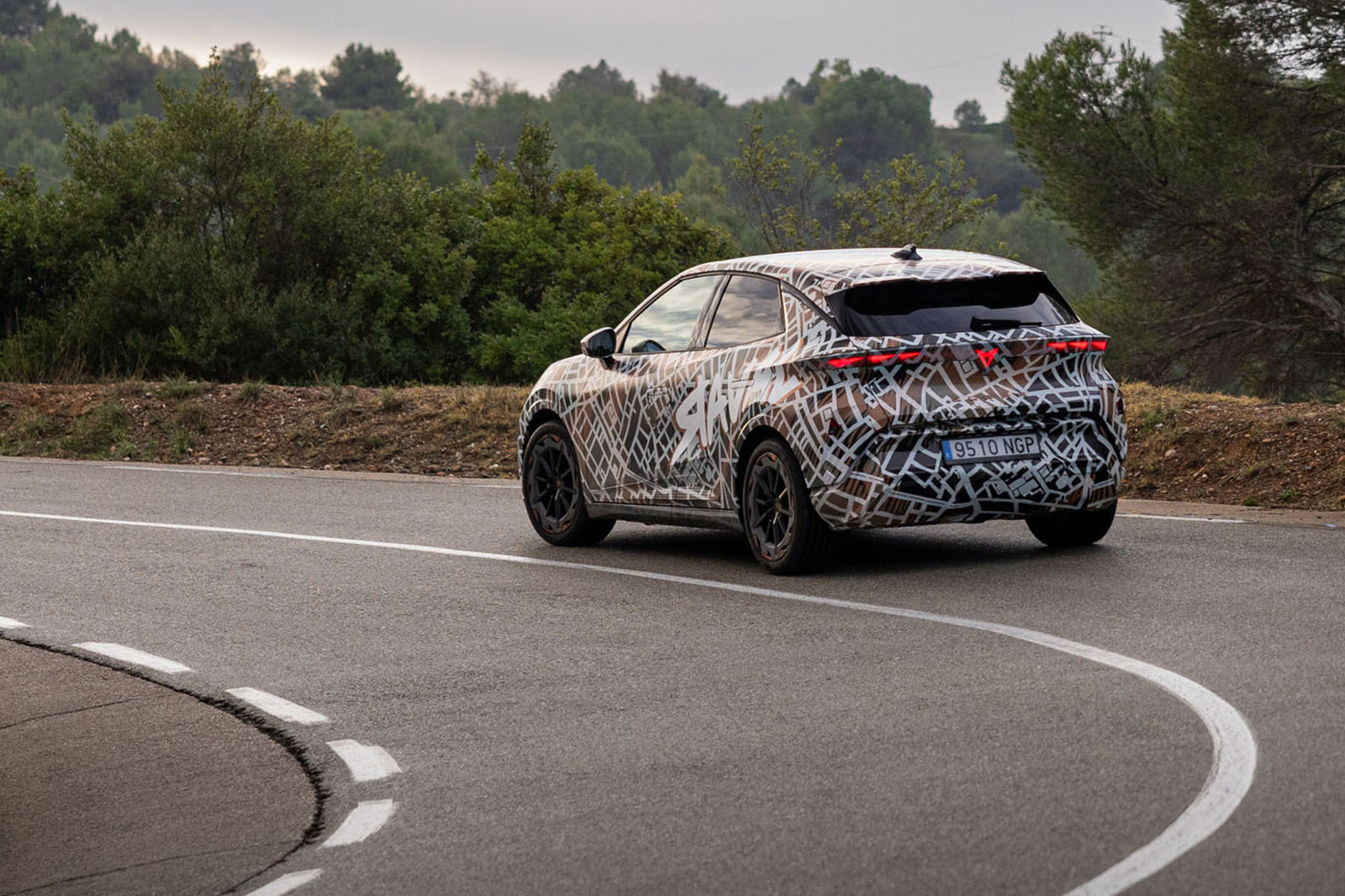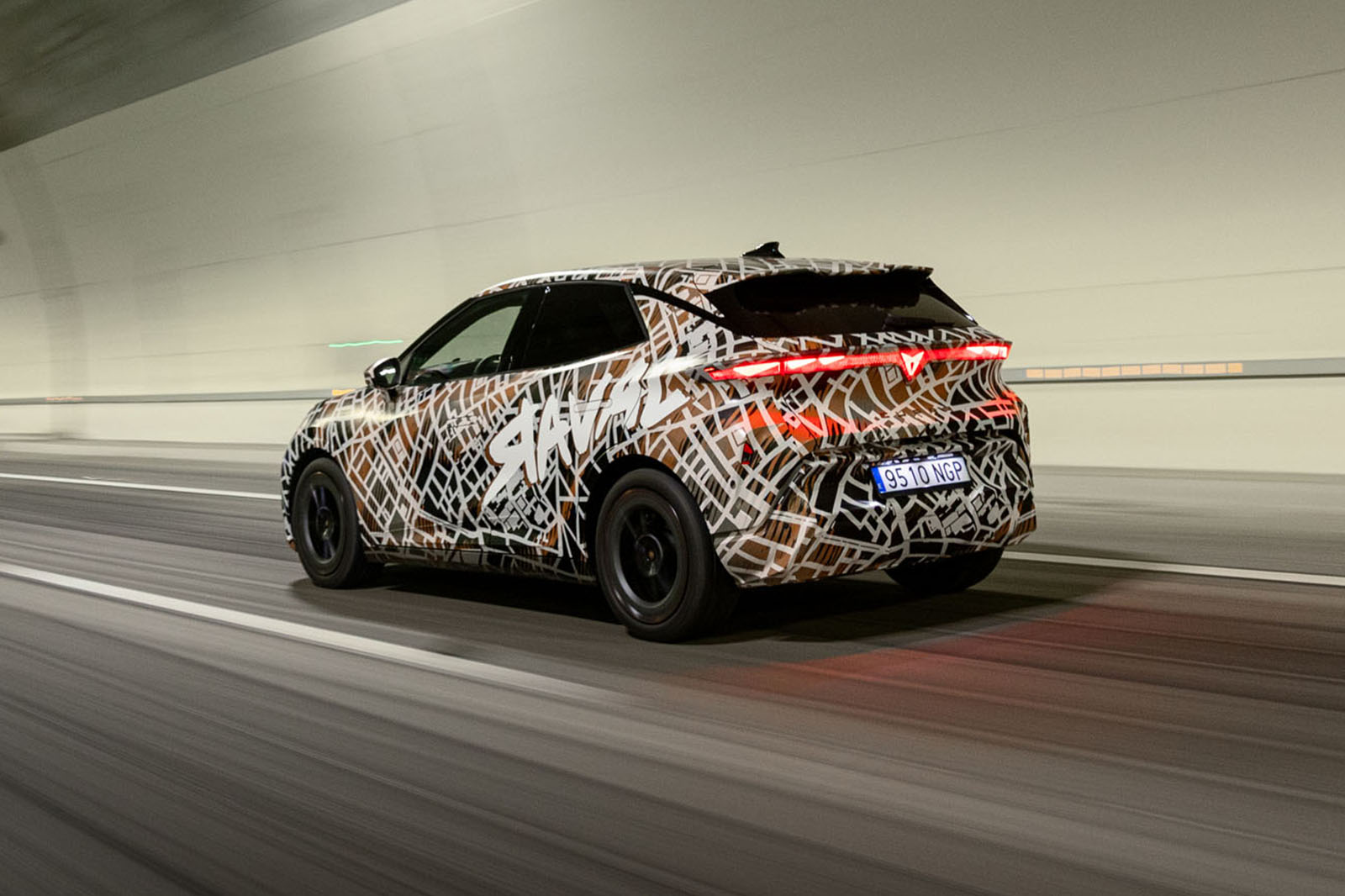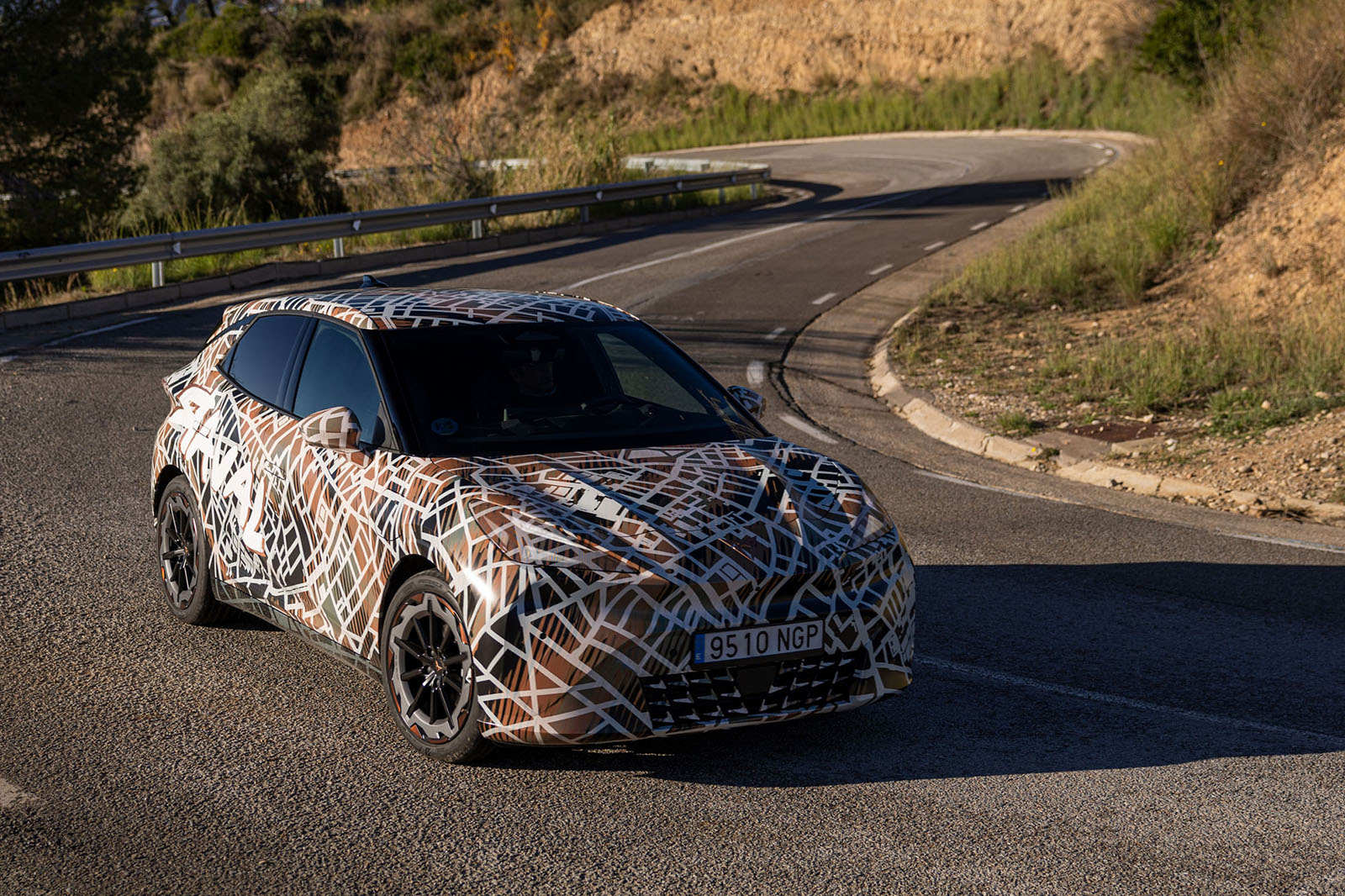It may have had something of a meteoric rise; but, given its commercial success especially, few could now doubt the status of Cupra as a leading Volkswagen Group brand. It looked like an experiment back in 2018; a punt, even. Now, however, it has very much arrived.
This year, the company has built its millionth Cupra-branded car. After the launches of the Tavascan and Terramar, its year-to-date production volume for 2025 has surpassed 250,000. And it’s not just increasingly commercially successful; it’s being trusted with big strategic product development projects now, doing work on behalf of the whole group.
The Cupra Raval is the proof of that. This is the first of four new supermini-sized EVs to be launched over the next year or so, based on a new, front-motor platform called ‘MEB+’. The Volkswagen ID Polo and ID Cross, and the Skoda Epiq, make up the quartet. But, as the man on my right is explaining - Dr Werner Tietz, Executive Vice President for Research and Development for both Cupra and Seat, and someone whose impressive CV describes big executive jobs at Volkswagen, Audi, Porsche and Bentley - engineers from Cupra’s Martorell technical centre have done the ‘top hat’ chassis development for all four cars.
All four will be built in Spain - either at Martorell, or the VW Group’s Pamplona plant. The Volkswagens will still feel, and drive, like Volkswagens; the Skoda, like a Skoda. But, whether owners know it’s there or not, there’ll be more than a little bit of Cupra in all of them.



